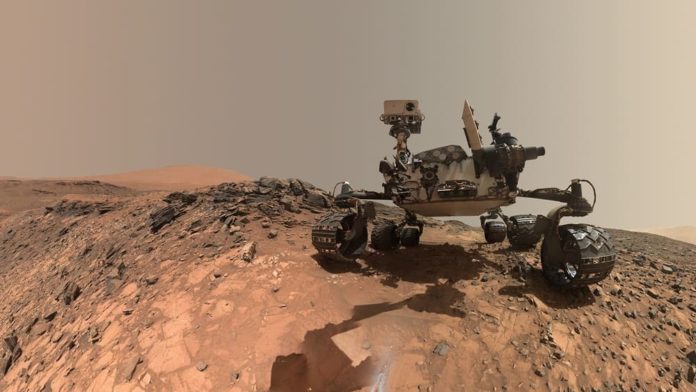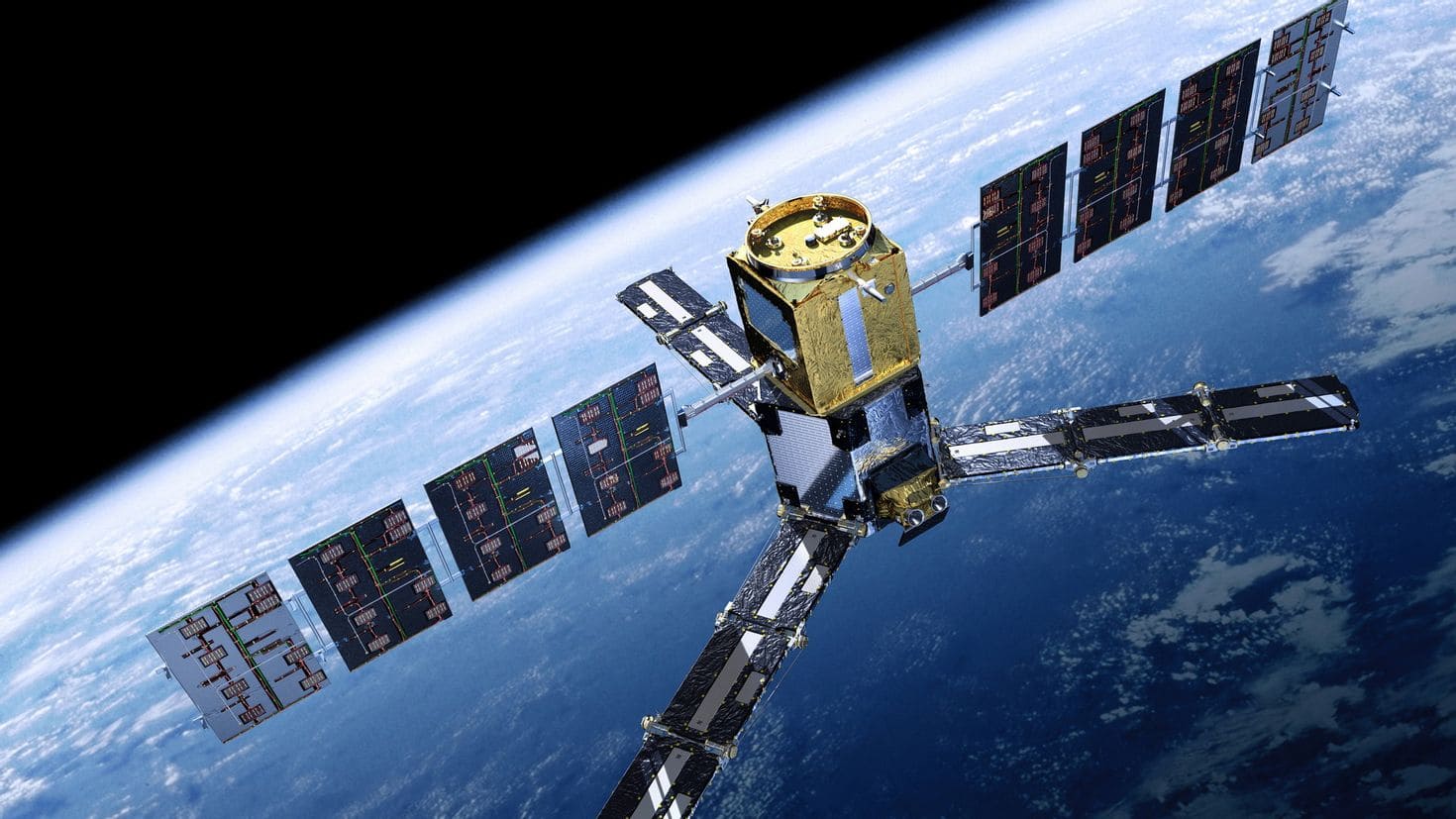Here’s a timeline of key milestones in Mars exploration:
Pre-space age observations
- 1609-1610: Galileo Galilei becomes the first person to observe Mars with a telescope.
- 1659: Christiaan Huygens sketches Mars and discovers its rotational period.
Early 20th century
- 1877: Asaph Hall discovers the moons of Mars, Phobos and Deimos.
- 1894: Percival Lowell popularizes the idea of canals on Mars, leading to widespread speculation about Martian life.
Space age begins
- 1960: the Soviet Union attempts the first Mars flyby with Marsnik 1 (unsuccessful).
- 1964: NASA’s Mariner 4 becomes the first successful Mars flyby, sending back 21 images of the Martian surface.
- – 1971:
- NASA’s Mariner 9: the first spacecraft to orbit another planet, mapping 70% of Mars’ surface.
- Soviet Mars 3: lands on Mars but stops transmitting after 20 seconds.
Viking missions
- 1976: NASA’s Viking 1 and Viking 2 landers successfully touch down on Mars and conduct the first extensive experiments searching for signs of life and studying the planet’s surface and atmosphere.
Pathfinder and rovers
- 1997: NASA’s Mars Pathfinder mission lands, deploying the Sojourner rover, demonstrating the feasibility of low-cost landings and mobile exploration.
21st century milestones
- 2001: NASA’s Mars Odyssey orbiter begins mapping the Martian surface and detecting hydrogen, indicating water ice.
- 2003:
- European Space Agency’s Mars Express: enters orbit around Mars and begins high-resolution imaging.
- NASA’s Spirit and Opportunity rovers: land on Mars in January 2004, finding evidence of past water activity.
- 2008: NASA’s Phoenix lander confirms the presence of water ice in the Martian arctic soil.
Recent and ongoing missions
- 2012: NASA’s Curiosity rover lands in Gale Crater, discovering conditions suitable for microbial life.
- 2014:
- India’s Mars Orbiter Mission (Mangalyaan): successfully enters Mars orbit, making India the first country to do so on its first attempt.
- NASA’s MAVEN orbiter: studies Mars’ upper atmosphere and its interaction with the solar wind.
- 2018: NASA’s InSight lander touches down to study the interior structure and seismic activity of Mars.
- 2021:
- NASA’s Perseverance rover: lands in Jezero Crater to search for signs of ancient life and collect samples for future return to Earth.
- China’s Tianwen-1 mission: successfully lands the Zhurong rover, marking China’s first Mars landing.
- United Arab Emirates’ Hope orbiter: enters Mars orbit to study the planet’s atmosphere and weather.
Future prospects
2024-2030s: planned missions include NASA’s Mars Sample Return mission, human exploration initiatives by NASA and SpaceX, and further robotic missions from various international space agencies.
This timeline captures some of the most significant milestones in the exploration of Mars, highlighting humanity’s growing understanding and technological capability to study our neighboring planet.



